The ability to readily detect point mutations could have a profound impact on the way that genetic diseases are diagnosed.
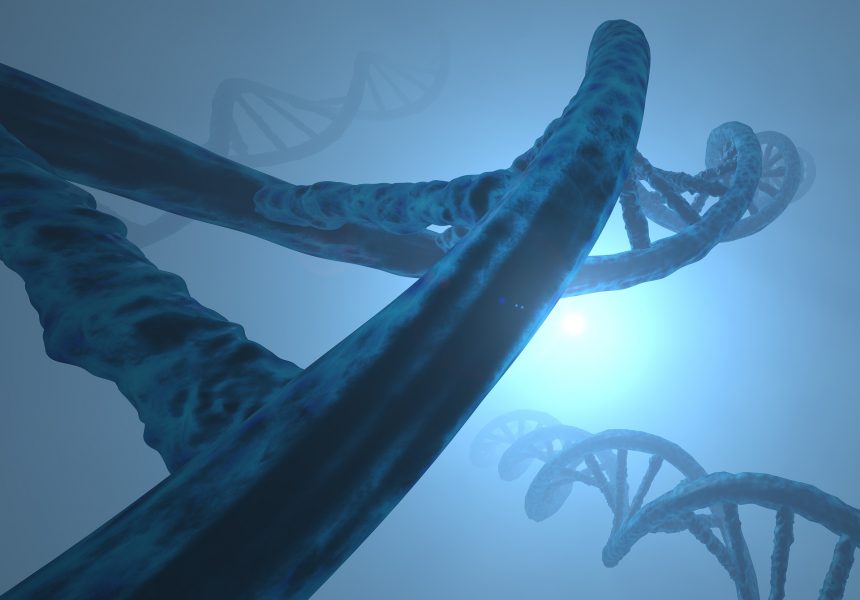

The ability to readily detect point mutations could have a profound impact on the way that genetic diseases are diagnosed.
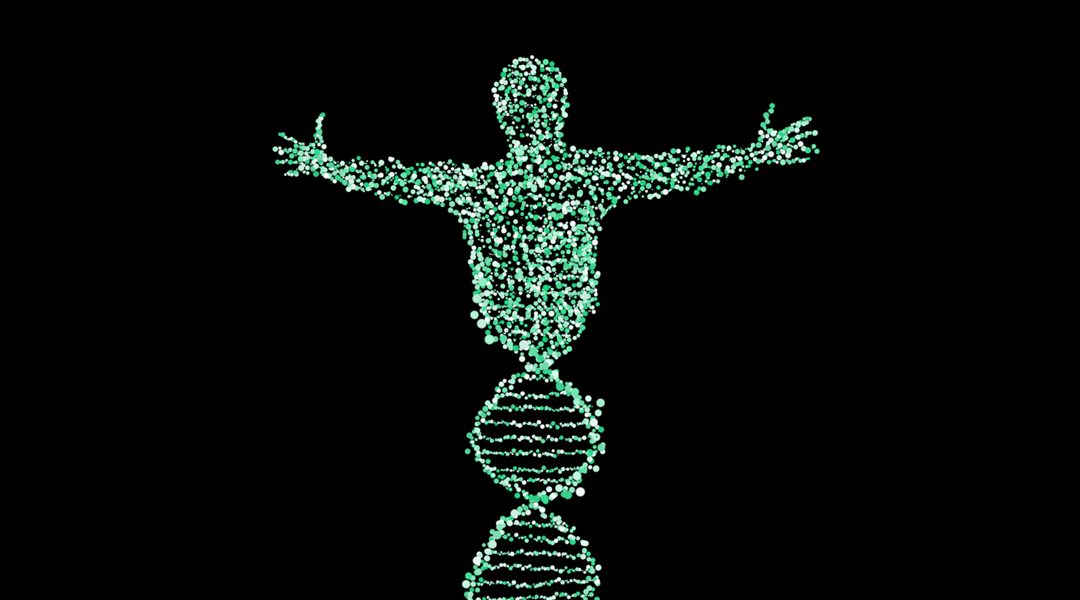
Trifold stimuli-responsive shape memory in hydrogels is realized by combining donor-acceptor interaction with G-quadruplexes and DNA base pairing.
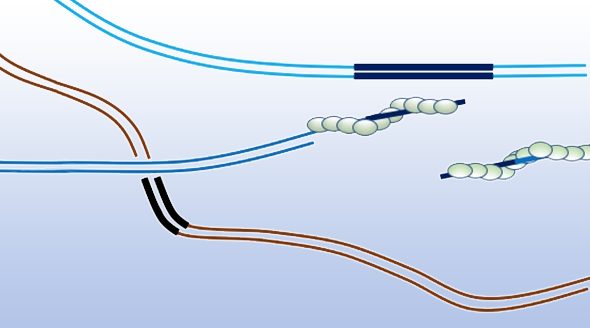
In his review published in BioEssays, James Haber takes a look at how the ends of a broken chromosome find a template with which to repair such a double-strand break.
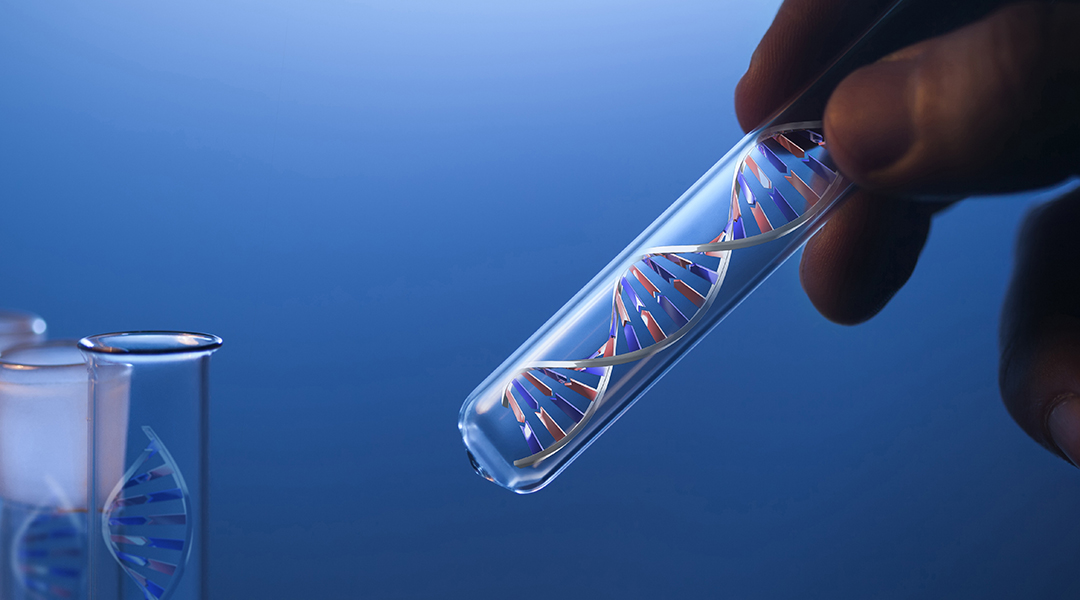
DNA origami nanobiosensor: The binding of the bioanalyte (left) with the ssDNA-associated bioreceptor (center) on the surface of the DNA origami is transduced as a measurable change in properties (right) that can be recognized and quantified by a detector.
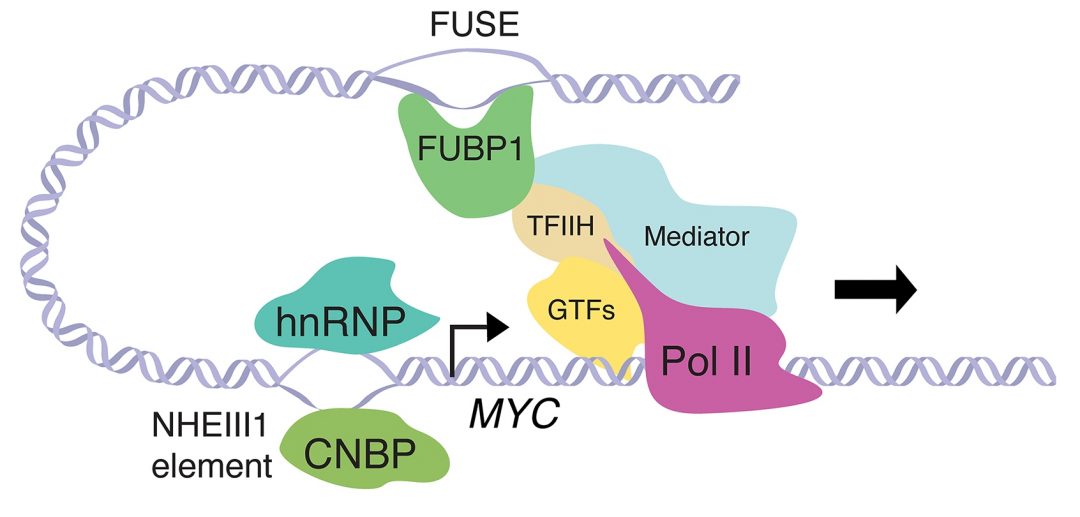
DNA conformation can regulate gene expression, as discussed by Olga Zaytseva and Leonie Quinn in a review in BioEssays.
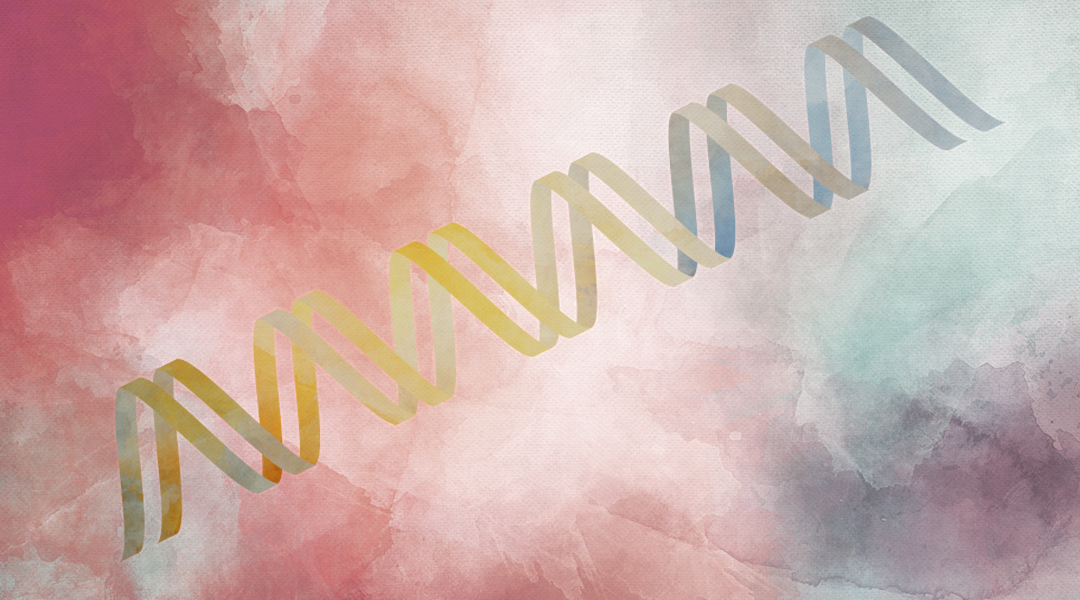
In their review in BioEssays, Karl Duderstadt and colleagues challenge the long-held view that DNA replication follows a single highly reproducible sequence of molecular events.
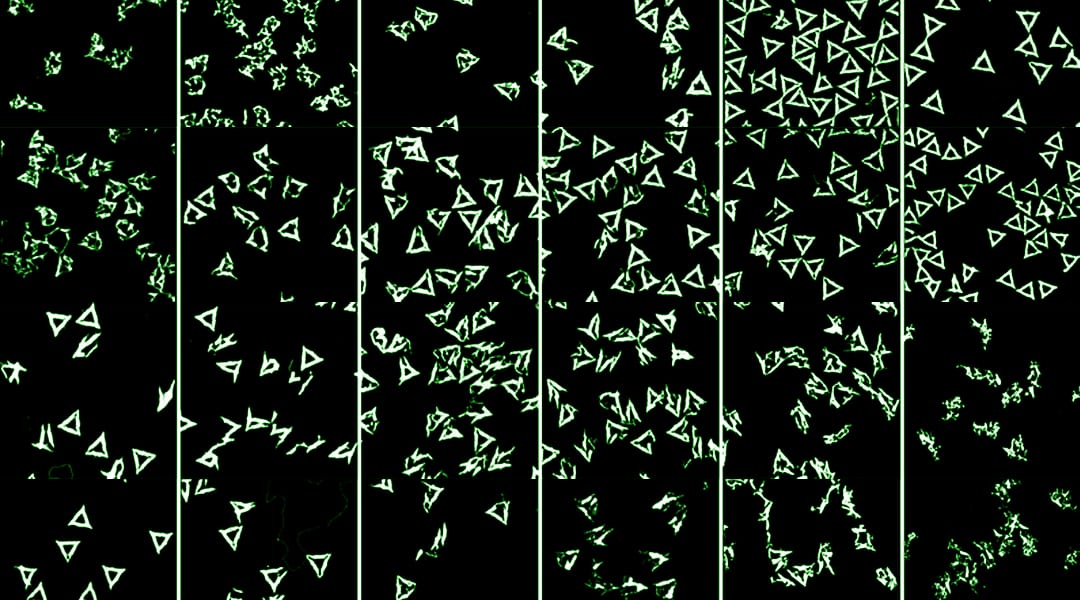
The stability of DNA origami under strongly denaturing conditions is investigated.
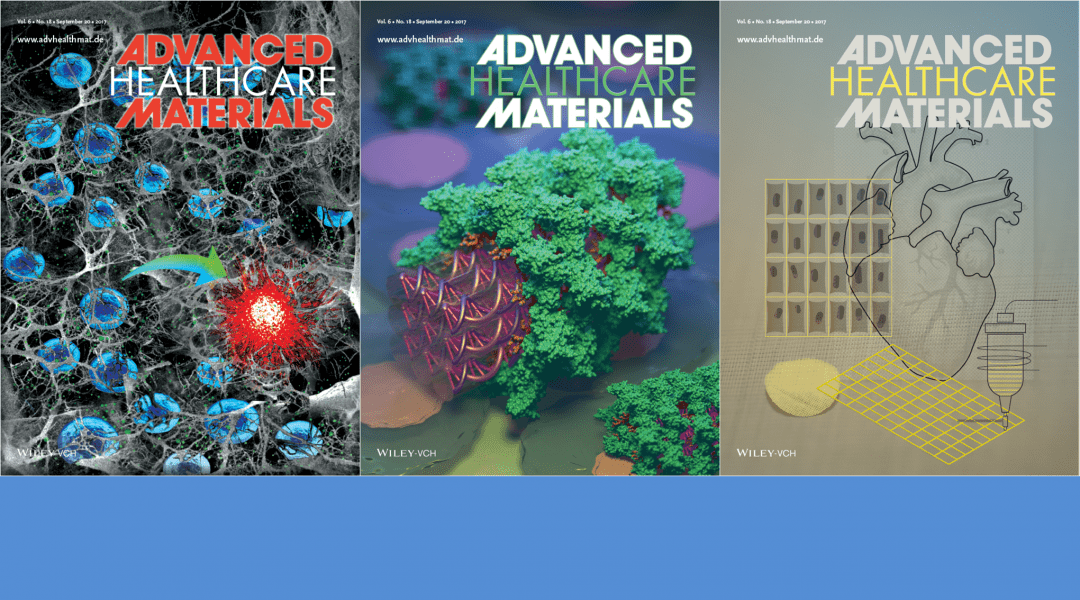
This week’s Advanced Healthcare Materials cover manuscripts.
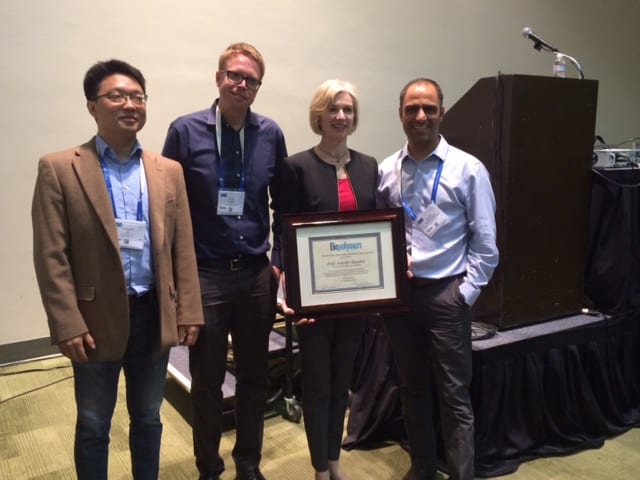
The 4th Biopolymers Murray Goodman Memorial Prize was awarded at the 2017 Spring ACS meeting in San Francisco to Jennifer A. Doudna.
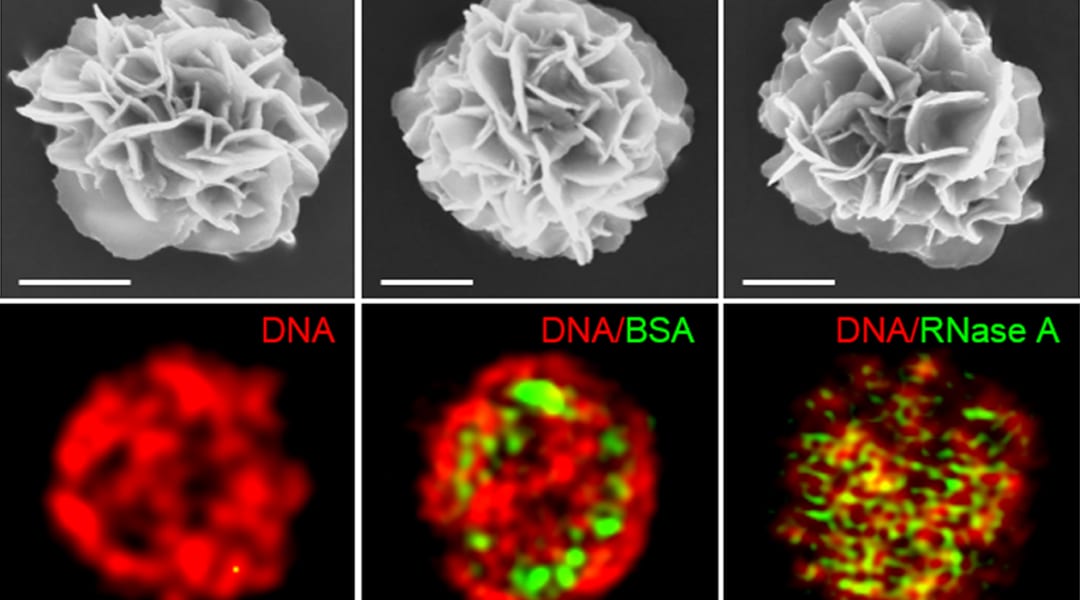
In-situ assembled flower-shaped DNA constructs can be used for an efficient intracellular protein delivery.